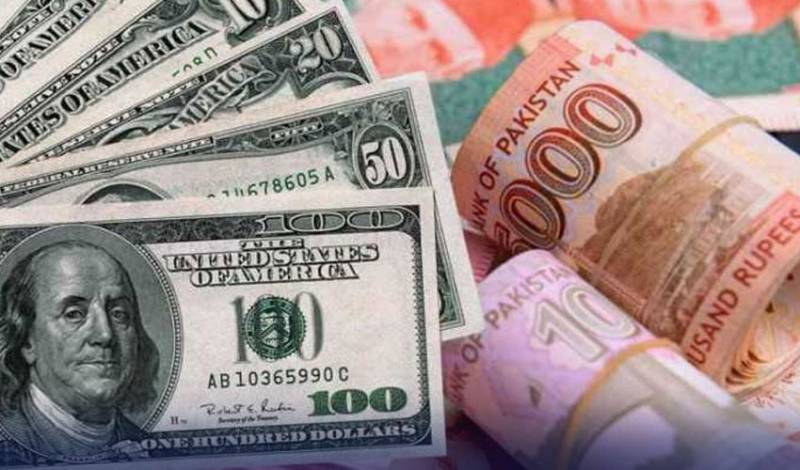Shocking report on Pakistani rupee devaluation and per capita income
Shares

Due to the high exchange rate of the US dollar, the value of 1,000 rupees decreased to only 660 rupees within a year. According to the details, reduced income and increased expenses led to the defeat of the middle class in the battle against inflation.
In the past year, the purchasing power of the public decreased by up to 34 percent. Due to the high exchange rate of the dollar, the value of 1,000 rupees decreased to only 660 rupees. Soaring inflation hit both the poor and the middle class, and the illusion of white-collar prosperity shattered, leading to more than a hundred million Pakistanis falling below the poverty line in a year. Currently, approximately 40 percent of the population is living in poverty.
In one year, the dollar became 82 rupees more expensive, while Pakistan saw a decrease of 198 dollars per capita income. Inflation reached a peak of 34 percent, making it increasingly difficult to provide basic necessities like health, food, and education for the public.
Economic experts suggest that surviving on a single job is no longer feasible. Executive Director of the Sustainable Development Policy Institute (SDPI), Dr. Abid Qayyum Solari, predicts that gas prices will increase from November 1, which will further strain the budgets of those with income, forcing many to seek multiple employments.
Economic experts have made it clear that an increase in per capita income is essential for the economic well-being of the people. Escaping the quagmire of issues has only one solution: achieving annual sustainable economic growth of 5 to 7 percent.
Economist Dr. Khaqan Najeeb states that if you assess from 2000 to 2022, you will realize that Pakistan's real average per capita growth rate was at 1.7 percent. To put Pakistan on a stable path to raise inflation to a single digit, we need to raise Pakistan's growth rate above seven percent permanently within a decade, and that begins with fixing our federal fiscal framework first.
